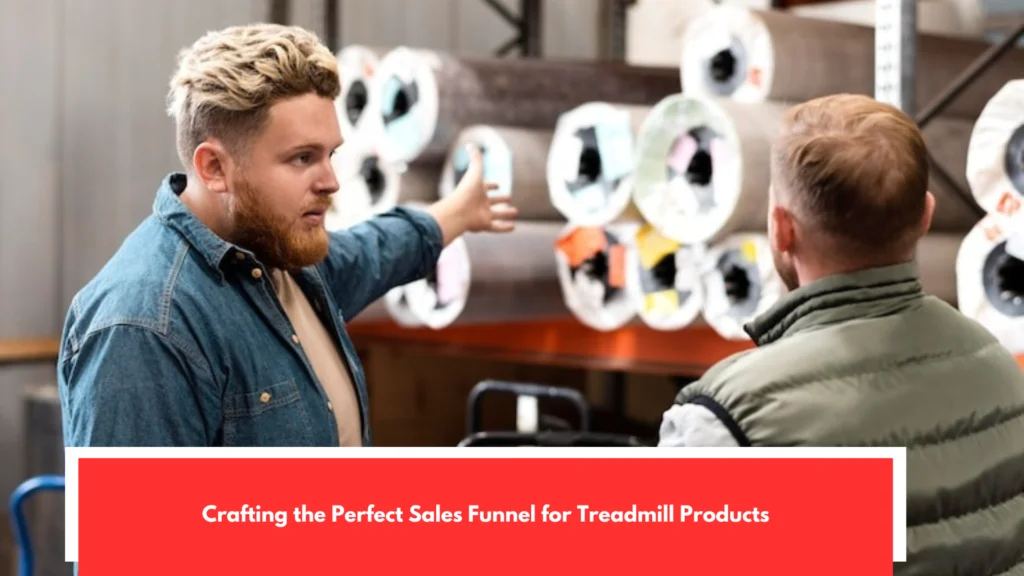Crafting the Perfect Sales, Today’s post is pure silver, one of the most comprehensive and well-crafted we’ve posted on the Innokabi blog. However, the title doesn’t belong to it because I didn’t write it. I’m happy to have Mila Coco on the blog, the woman who guided me in designing the new conversion funnel for Innokabi’s online lean startup course, and she’s bringing us a topic that catches my attention conversion funnels. If anyone understands this, it’s Mila, and that’s why I’d like you to read the article she’s been preparing, because it describes how to create a conversion funnel by hand and will surely be of great use to you.
It may sound obvious, but I promise you it’s not that obvious. and sometimes we get so caught up in getting more and more visitors to our website that we overlook the other huge thing: converting those visitors into customers. In this post, I’m going to show you step by step all the steps you need to take into account to convert your visitors into customers, and how to optimize your funnel to boost your conversion to stratospheric levels. Important At the end of the article, you’ll find 4 useful bonuses. But hey, it’s not worth cheating and skipping straight to the end.
What is the Sales Funnel Model?

You have to read the entire article from the beginning. A sales funnel is the path your ideal customer takes from the moment they first meet you until they end up buying from you for the first, second, or twenty-fourth time. But although the name sounds outlandish, referring to it as a funnel isn’t a marketing gimmick. If you look at it as a funnel (yes, a traditional kitchen funnel), it has a wider end and a narrower end. Now, moving into the world of marketing, the wider end of the funnel is where all the people who visit your website enter.
After all of these, only a few will subscribe to your blog, moving on to the middle of the funnel. At the end of those subscribers, those who end up as customers will have exited through the narrow end of the funnel. That is, there will be many more people visiting your website (people in the wide end of the funnel) than people who end up buying from you (the narrow end). Hence, this form is used to represent this concept. A sales funnel is not the same as an automation or an autoresponder. Don’t confuse the terms because you can confuse concepts.
What is the Purpose of Creating a Sales Funnel?

Just like its well-defined name, an automation puts a set of actions on autopilot. Whether it’s sending emails, tagging subscribers, subscribing them to a list, etc. An autoresponder, on the other hand, is the typical sequence of emails that arrives automatically when someone subscribes to a blog or newsletter. An autoresponder is part of automation. That is, the automation itself will order that email sequence to be sent to a subscriber. However, the conversion funnel encompasses the previous two.
A funnel is the entire path a potential customer follows until they make a purchase. By using automation or an autoresponder, what you’re doing is making everyone in the funnel slide toward the sale. So, the funnel is the boss here. Funnels are so trendy these days that you find them everywhere (and this is coming from someone who works with them every day). But besides being interesting and talked about everywhere, are they practical? Are they suitable for a business.
Stages of the Sales Funnel

A funnel allows you to achieve many, many things. That’s the magic word (and that’s why funnels are so trendy). And precisely, a sales funnel makes it easy to double the sales of your product. If you have a good understanding of your customer, a good offer, and a little persuasion with copywriting (enough spiced rice), you’ve already got everything you need to start winning over customers. Mind you, I’m not saying that selling online is easy, but with these ingredients, you’ll already be 10 steps ahead of your competition.
No problem, we have a plan B for that: downselling. Imagine you’re selling a Photoshop course for €250. To all the other people who didn’t buy from you for whatever reason (usually the most important ones are price or time), you can offer an alternative, but at a lower price. Following the previous example, you could sell them a basic ebook on Photoshop for €15. Or, perhaps, resell to your existing customers. If they’ve already bought from you, it’s the ideal time to offer them a related, more expensive offer or a complementary one.
Conclusion

And once they’ve overcome that initial purchase barrier and have confidence in you, it will be much easier for you to sell to them again. For example, if we sold a course, I could later offer a consulting page to people who buy it. Even a convenient flip after unsubscribing from a newsletter because they were sending you content that they didn’t even understand. A lead is a visitor who has subscribed or signed up to your base list. If you have a page or post with a subscription form and the visitor subscribes, I would become your lead (since it sounds very strange).
Leads create thousands of sales opportunities for your business, so if you don’t have an active subscription form, now’s the perfect time to create one. How do we convince website visitors to leave their information and sign up Clearly, given our pretty words, they won’t (coercion isn’t enough either). You have to offer them something more, and that something is the lead magnet. If we translate this trendy word, it would be like saying lead magnet. So, the lead magnet is the tool we can use to attract and obtain our leads. And what exactly is a lead magnet.
